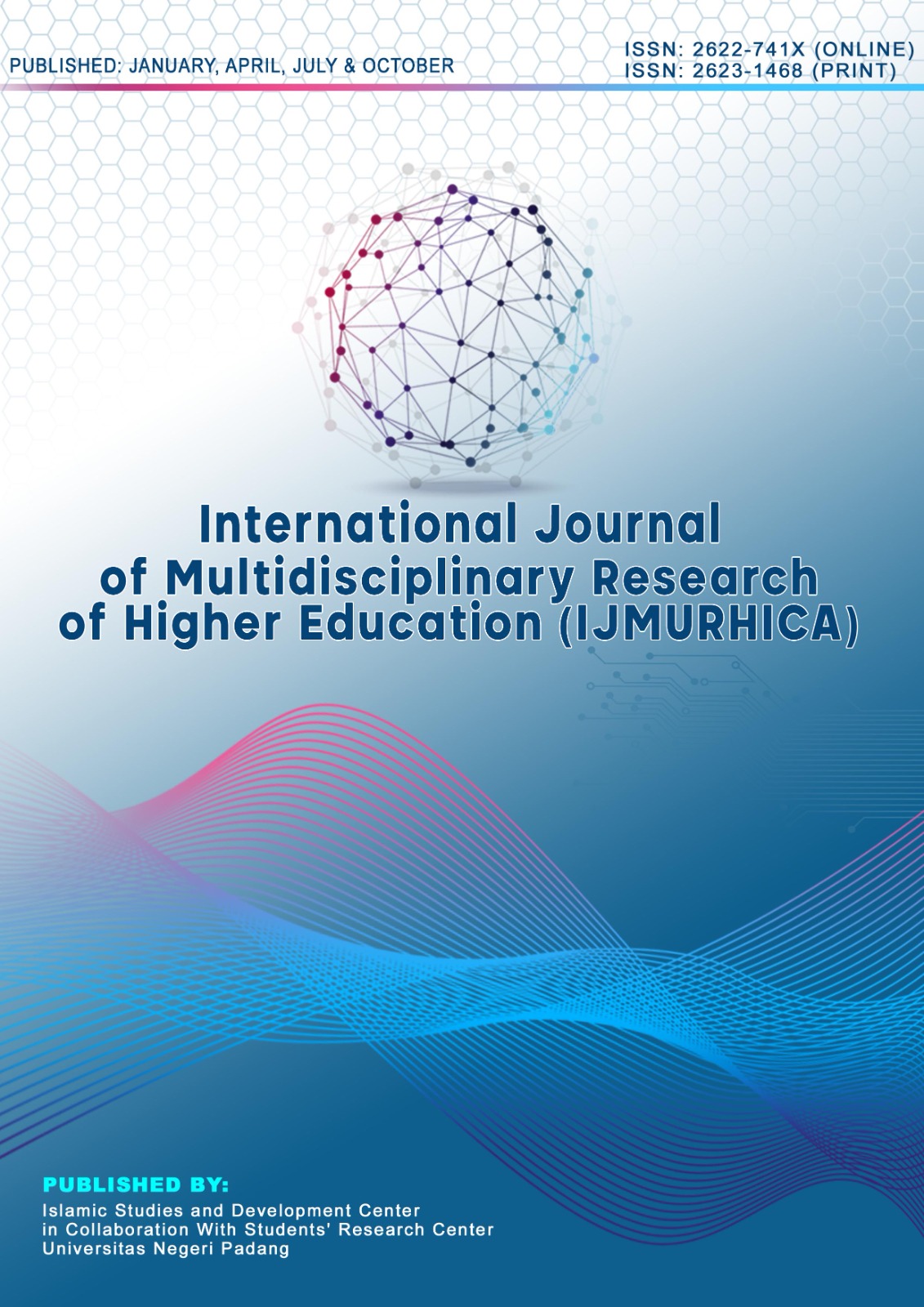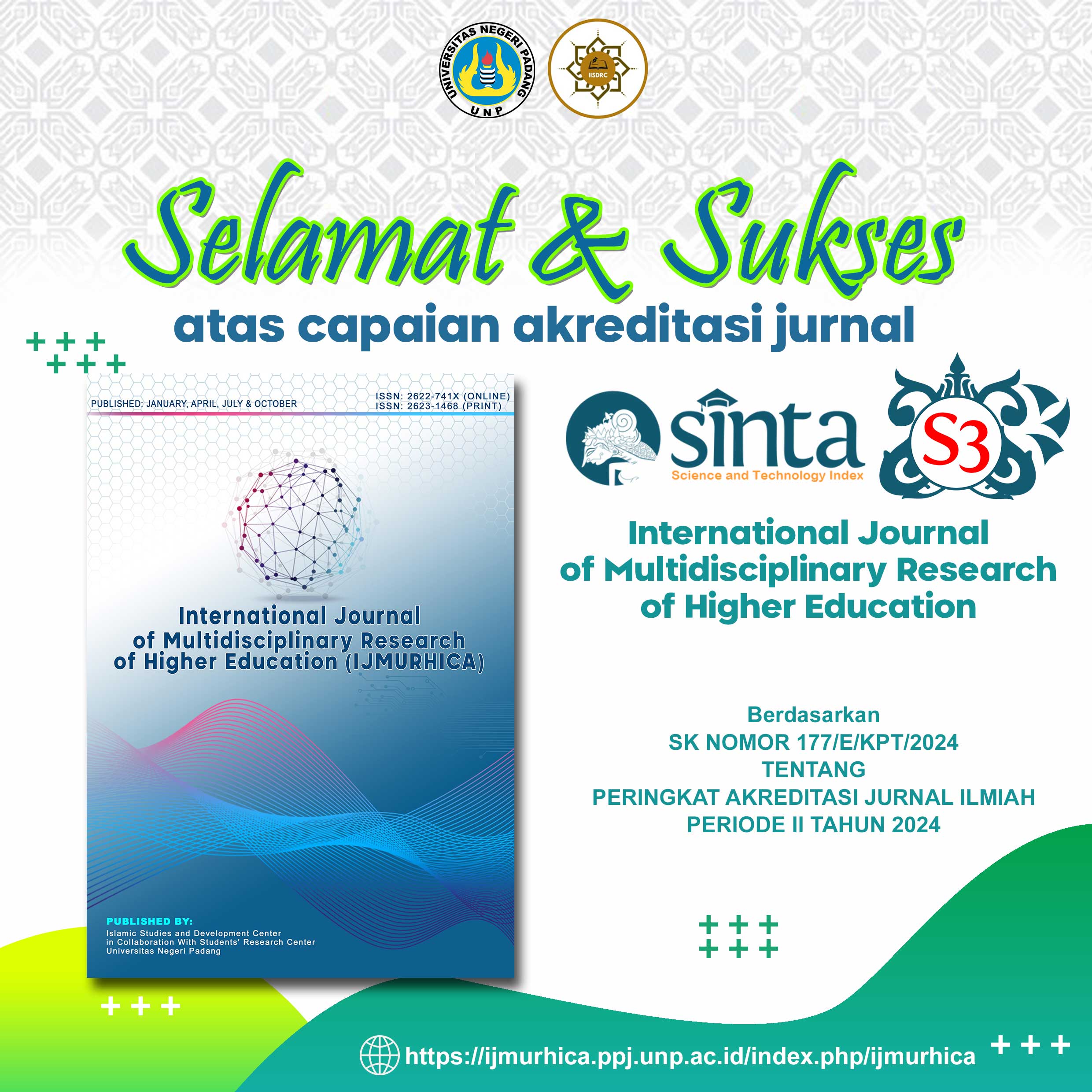The Concept of Hijrah in the Quranic Perspective and Its Relevance to Contemporary Migration
DOI:
https://doi.org/10.24036/ijmurhica.v8i4.444Keywords:
Quranic migration, contemporary migration, Maudhu'i interpretation, Murāghaman, migration ethicsAbstract
This article reexamines the concept of hijrah in the Quran and its relevance to contemporary migration. The method used is qualitative with content analysis; data sources were taken from the Quran and three works of interpretation: al-Qurṭubī (al-Jāmi‘ li Aḥkām al-Qur’ān), Tafsir al-Azhar by Hamka, and Tafsir al-Miṣbāḥ by M. Quraish Shihab. All data were analyzed thematically using the maudhu'i technique through theme determination, key verse extraction (QS An-Nisā': 100; QS Al-Baqarah: 218), lexical mapping (murāghaman, sa'ah), and interpretation comparison. The main findings show that hijrah is not merely a change of place, but a transformation of circumstances that requires ethical boundaries of righteous intentions, lawful and fair means, and beneficial goals. The spectrum of lawful goals includes halal livelihood, ṭalab al-‘ilm, safety of faith/soul, and socio-religious strengthening. This article contributes an ethical-operational framework of four axes intention, method, purpose, and responsibility as practical indicators for assessing migration practices (work/study/protection) in terms of legitimacy, safety, and dignity, while also providing implications for religious guidance services, community education, and the strengthening of migrant protection policies.
Downloads
Downloads
Published
How to Cite
Issue
Section
License
Copyright (c) 2025 Dede Pradana, Mardian Idris Harahap

This work is licensed under a Creative Commons Attribution-ShareAlike 4.0 International License.






